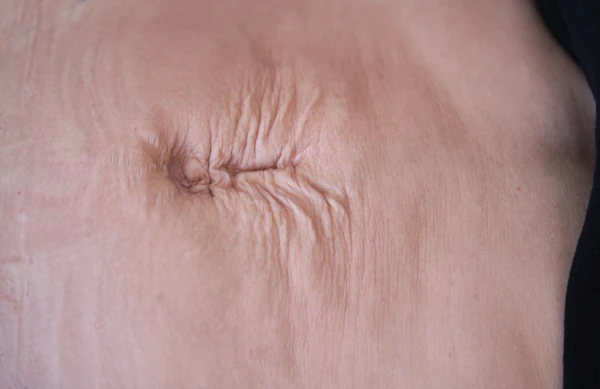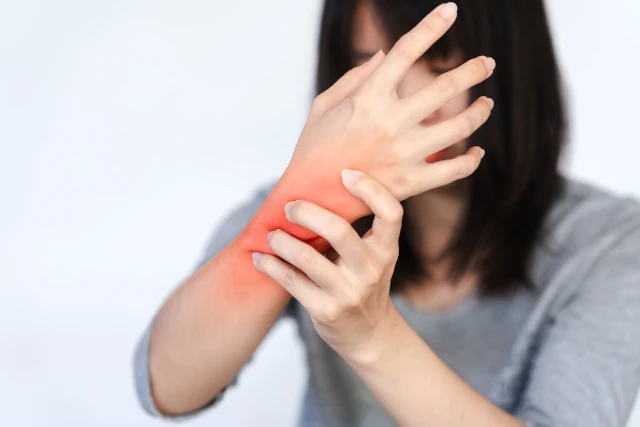
How to Identify Diastasis Recti and Effective Treatment Options
- Dr. Deepika Rai (MPT)
Connect with our expert physiotherapist for personalized physiotherapy advice.
Diastasis recti and divarication of recti are conditions often discussed in the context of postpartum health, but they can affect anyone. Recognizing the signs and understanding the available treatments can make a significant difference in recovery and long-term core strength. This guide will walk you through how to identify diastasis recti, differentiate it from divarication of recti, and explore the most effective treatments.
What is Diastasis Recti?
Diastasis recti is the partial or complete separation of the rectus abdominis muscles, which run vertically along the front of the abdomen. This condition is most common during and after pregnancy due to the stretching of the abdominal wall. However, it can also occur in men and non-pregnant women due to rapid weight changes, improper heavy lifting, or certain exercises.
Symptoms of Diastasis Recti:
-
A noticeable bulge or pooch in the mid-abdomen, especially when straining or sitting up.
-
Lower back pain due to reduced core stability.
-
Weakness in the abdominal muscles.
-
Difficulty lifting objects or engaging in core exercises.
What is Divarication of Recti?
Divarication of recti refers to the horizontal separation of the rectus abdominis muscles, similar to diastasis recti but typically less severe and often used interchangeably in the medical context. While the terms are related, divarication may not present as a complete split.
Symptoms of Divarication of Recti:
Mild bulging in the abdomen.
Less pronounced weakness compared to diastasis recti.
May not be associated with pain but can cause aesthetic concerns.
How to Diagnose Diastasis Recti at Home
You can perform a simple self-test to determine if you have diastasis recti:
- Lie on Your Back:
Bend your knees and place your feet flat on the floor.
- Lift Your Head Slightly:
Gently raise your head and shoulders just off the floor as if you were starting a crunch.
- Feel for a Gap:
Place your fingers just above your belly button and press down. Move your fingers up and down the midline of your abdomen, feeling for a gap between the muscles.
- Assess the Width:
A gap wider than two finger widths is generally considered diastasis recti.
Professional Diagnosis
If you suspect diastasis recti or divarication of recti, a healthcare professional can perform a more thorough assessment, sometimes using ultrasound or other imaging tools for confirmation.
Effective Treatments for Diastasis Recti and Divarication of Recti
While diastasis recti often improves on its own after pregnancy, targeted treatment can speed up recovery and restore core strength. Here are the most effective approaches:
1. Physical TherapyA physical therapist specializing in postpartum or core rehabilitation can create a customized exercise plan that focuses on:
- Core strengthening:
Safe movements like modified planks and heel slides.
- Deep breathing exercises:
Diaphragmatic breathing helps engage the transverse abdominis, the deepest abdominal muscle.
- Postural correction:
Exercises that promote proper alignment to reduce strain on the abdominal wall.
These exercises can help strengthen the abdominal muscles:
- Pelvic Tilts:
-
Lie on your back with knees bent and feet flat.
Gently tilt your pelvis back and flatten your lower back against the floor.
Hold for a few seconds and repeat 10-15 times.
-
- Modified Side Planks:
Lie on your side with your knees bent.
Lift your hips off the floor, engaging your core.
Hold for 10-20 seconds and switch sides.
- Heel Slides:
Lie on your back with knees bent.
Slowly slide one heel out while keeping your core engaged and lower back on the floor.
Return and alternate sides for 10-15 reps per leg.
A postpartum abdominal binder or compression band can provide support and encourage the muscles to come together as you move throughout your day.
4. Avoid High-Pressure MovementsAvoid traditional sit-ups, crunches, and heavy lifting that can increase abdominal pressure and worsen the separation.
When Surgery Might Be Necessary
In severe cases where diastasis recti significantly affects quality of life or does not improve with conservative measures, surgery may be an option. The procedure, known as a tummy tuck or abdominoplasty, realigns and tightens the abdominal muscles. Always consult a healthcare professional to understand the risks and benefits.
Lifestyle Tips for Recovery
- Stay Hydrated:
Proper hydration aids in tissue repair.
- Maintain a Balanced Diet:
Nutrient-rich foods support muscle recovery.
- Avoid Strain:
Practice safe lifting techniques and avoid heavy lifting until you regain core strength.
Final Thoughts
If you are experiencing symptoms of diastasis recti or divarication of recti, early recognition and targeted treatment are essential. With consistency and professional guidance, most individuals can regain core strength and minimize the effects of these conditions. If you’re unsure or need tailored advice, consult a physical therapist or medical professional specializing in abdominal health.
Connect with our expert physiotherapist for personalized physiotherapy advice.



